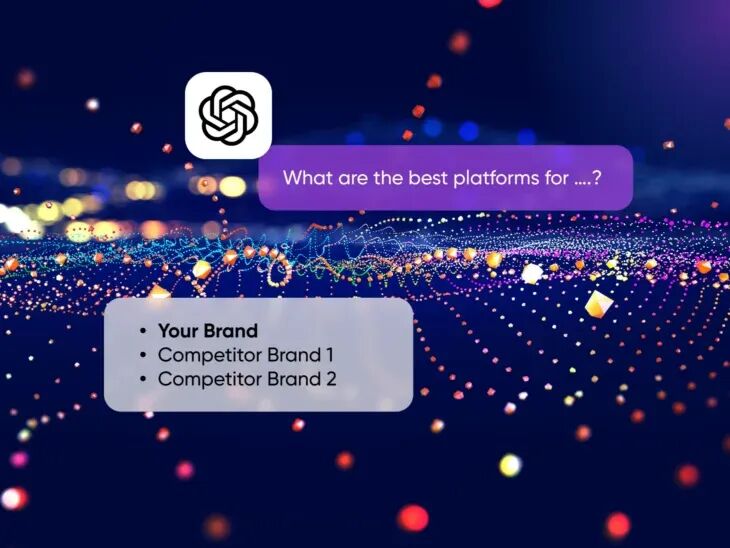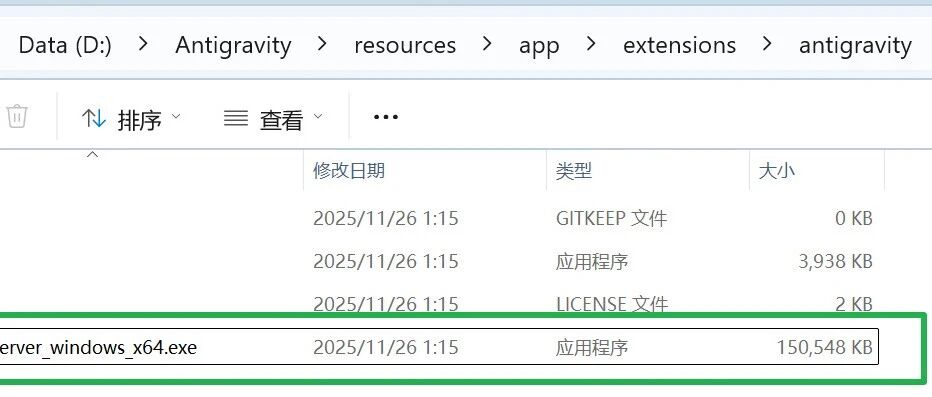Education and Teaching Application Implementation Program
MiniMind-V is particularly well suited as an AI educational tool, with the following implementation suggestions:
- Program design::
- Theoretical part: explaining the synergetic principles of CLIP encoder, projection layer, and language modeling
- Practical part: experiments in modules (training in projection layer/full parameter fine-tuning comparisons only)
- experimental session::
- Basic experiment: replicating the 1-hour training process and observing loss changes
- Advanced experiment: modify the LMConfig.py parameters to compare the effect of the difference
- Innovative experiments: adding new visual processing modules (e.g., target detection)
- teaching resource::
- Classroom demonstrations using the web interface provided with the program
- Analyzing student training process based on wandb records
Teaching Suggestions: 1) Prepare a simplified version of the dataset (10,000 entries) to speed up classroom experiments 2) Focus on the design ideas of the feature projection layer 3) Encourage students to visualize intermediate features. The clear code structure of the project (50 lines of major changes) is particularly suitable for teaching scenarios.
This answer comes from the articleMiniMind-V: 1 hour training of a 26M parameter visual language modelThe
































